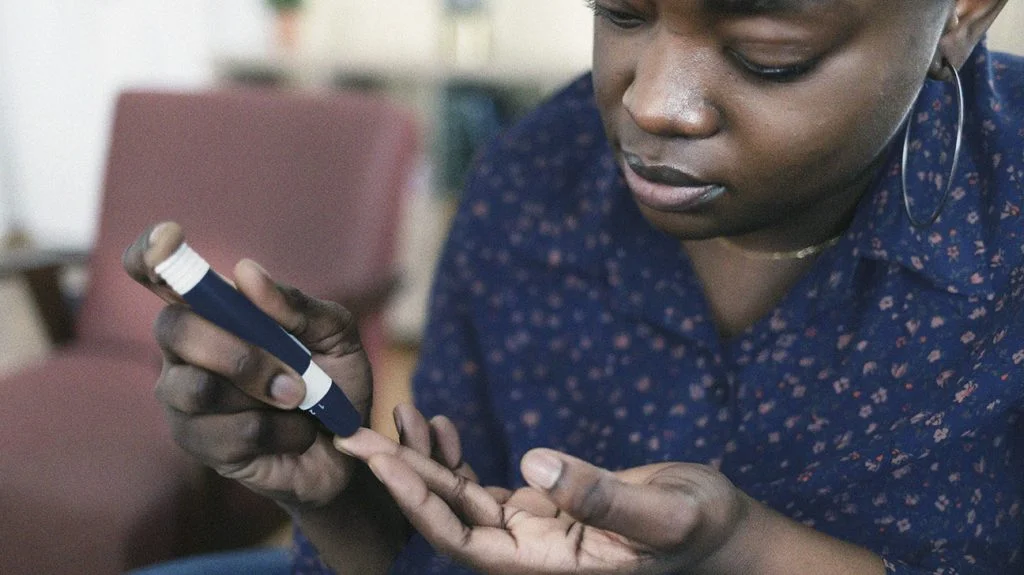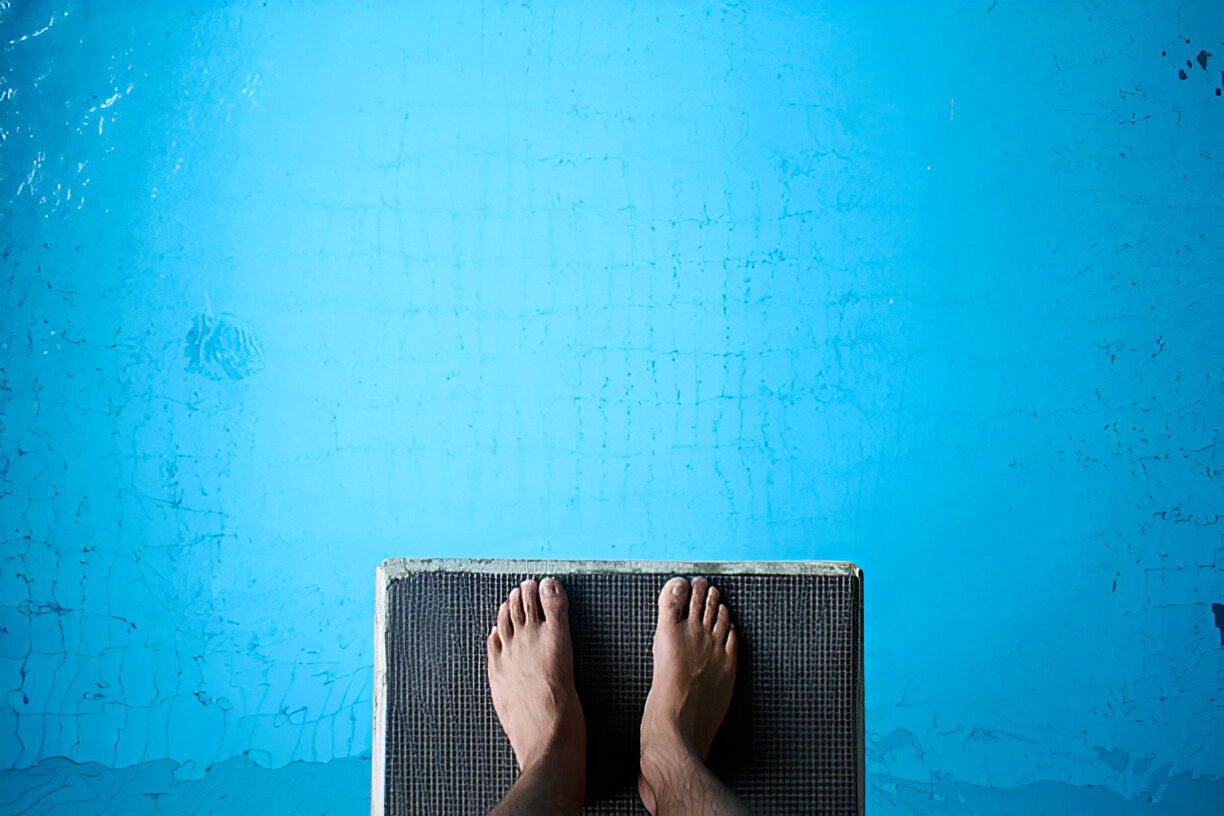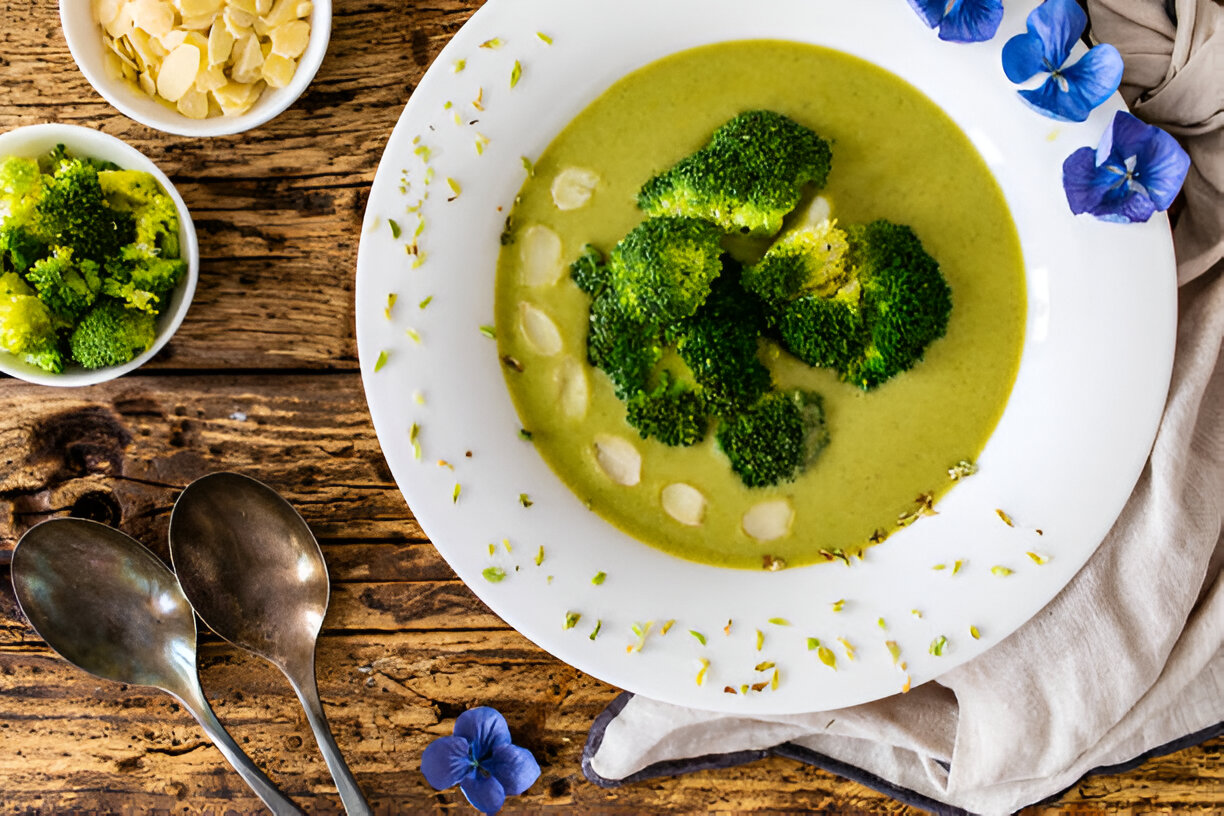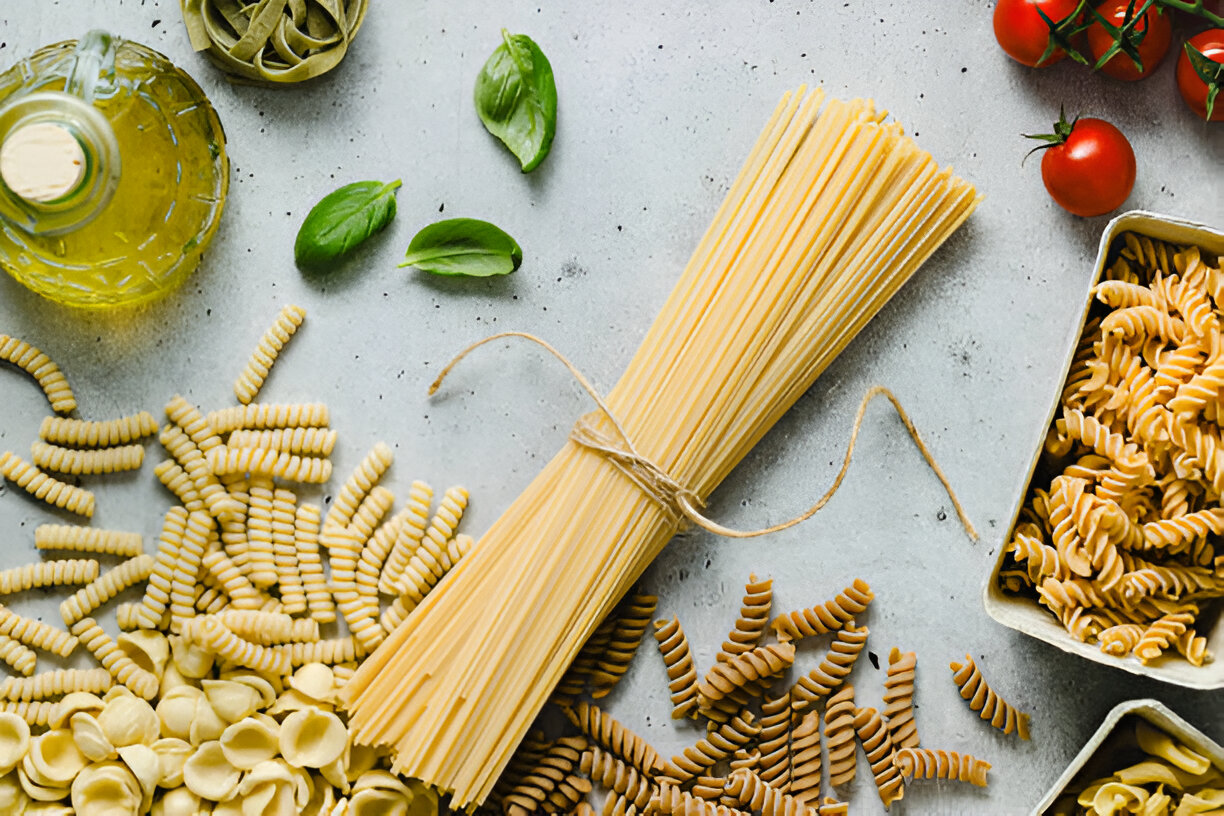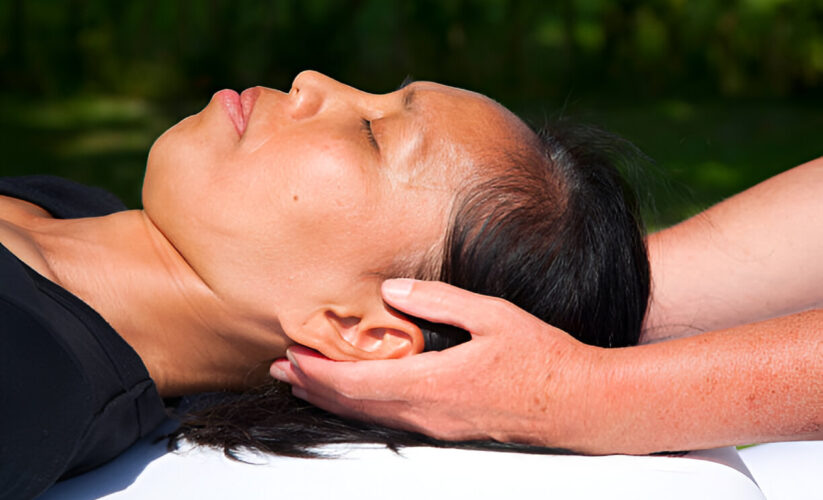
I took this leap some months back, though, after hearing about chi nei tsang (“chee nay song,” or CNT), a traditional Chinese bodywork technique that focuses on the abdomen. A forgotten aspect of Taoist medicine, chi nei tsang is currently experiencing a rebirth in the West, with practitioners promoting it for conditions ranging from headaches to digestive complaints, as well as for strong immunity and overall well-being.
Like much of Traditional Chinese Medicine, the goal of chi nei tsang lies in harmonizing your internal systems, getting the life-force energy known as qi (or chi) flowing through them, and encouraging the body toward health from its core outward. As I would come to see, however, something else happens when you allow your long-neglected abdominal skin, tissues, and organs to be massaged. Surrendering to your vulnerability brings on a relaxation of the deepest kind. Scientists call this the parasympathetic state, and massage therapist and CNT practitioner Jamaica Galloway says it's “where healing takes place.”
I turned to CNT with the usual complaints: mild but chronic problems with sleep, digestion, and fatigue. Galloway, who works in Occidental, California, explained that the technique detoxifies the body, releases long-stored tensions, and stimulates the circulatory, metabolic, and lymphatic processes. Furthermore, she told me, it can aid digestion on multiple levels — easing intestinal troubles while helping you process “stuck” emotional and energetic issues.
It was this idea of digestion, both literal and metaphoric, that most attracted me. As someone whose stress tends to create stomachaches, I liked the idea of a massage that focuses directly on the tensed-up organs. At the same time, I appreciated how Galloway's former teacher, Gilles Marin, founder of the Chi Nei Tsang Institute in Oakland, California, explained the processing of feelings to me. “Like food, emotions need to be digested — not figured out or understood, but literally digested,” he says. “When we absorb what we need and get rid of what we don't, it helps us grow.”
Because emotions are stored in the gut, according to Traditional Chinese Medicine, “working on the belly allows us to work directly on the feelings,” says Marin. Profound emotional releases are not uncommon, and several clients I spoke with experienced tears, visions, or long-forgotten memories during their treatments.
Transformative Touch
I signed up for six sessions at Galloway's serene home office in the hills above the ocean. At each session, we talked for 15 minutes or so about my sleeping and eating, my mood, my work, and my relationships, as well as my aches and pains.
Then Galloway had me lie on my back, my knees raised over a stack of pillows. She placed her hands near my navel, then on my chest, my sides, and my lower back, asking me to breathe into each spot. Deep, full belly breathing is important to CNT, as it carries qi through the body. It also “helps the client relax and drop into a receptive state,” as Galloway later explained. Indeed, I was feeling pretty good by the time she started rubbing deep circles around my navel.
That's when the pain began. Galloway offered to ease up, but it was a good hurt, the kind you get with a massage on any sore muscles. These knots were “areas of congestion,” she said, where stress or toxins prevented the flow of energy. The lower tan tien, between the navel and pubic bone, is a crucial area in Chinese medicine, and touching it, says Galloway, “connects you to the core of your being.” On a less esoteric level, this region is also the center of the connective tissue known as fascia, which extends throughout the body. Loosening fascia can boost qi circulation and promote musculoskeletal health.
Like most people, I had never allowed my belly to be massaged, so there was a lifetime of trouble stored there. It's no wonder it emitted sharp throbs as it let itself go. Galloway then widened her circle beyond the navel center, moving to each of the major organs: the intestines, liver, spleen, lungs, stomach. Not quite as tender as the lower belly, these areas nevertheless felt a similar relief. Midway through the hour-long treatment, I was in a state of relaxation so strong I don't know if I was awake or asleep.
Over the course of my treatments, I reached this state again and again, often opening up to visual and sensory experiences I didn't know were inside me. Once, I had a vision — two triangles at the yin-yang angle to each other — that helped me figure out how to structure a book I was writing; another time, an oddly comforting sadness washed over me, as if my body were welcoming it now because I was finally ready to handle it.
Here's the thing about going to the root of a problem and toning the body's systems from the core outward: The complaint you go in with is not necessarily the first one to respond. After six sessions, my problems with sleep and fatigue improved, but I still had many of the digestive symptoms that have plagued me for much of my life. Given that these issues go back so many years, it will probably take a lot more work to liberate them.
As if to compensate for this frustration, my body offered up a surprising and wonderful response in its stead, something I can only describe as optimism — a kind of internal steadiness and faith in my place in the world. As I left Galloway's compassionate hands and drove into the curvaceous, motherly hills rising above the Pacific, a warm glee would pulse through me, a sensation that I was connected to the earth and the earth was connected to me, and we were going to take care of each other. This is the healing power of touch: It says, “you are accompanied,” and encourages you to release and receive. You go belly up and discover that surrender is a kind of cure.
Do-it-Yourself CNT Massage
“Self-care is a key part of chi nei tsang,” says practitioner Jamaica Galloway, “because it helps awaken the body's ability to heal itself.” This basic daily routine only takes five to 10 minutes.
1. Lie on your back, with your legs bent at the knee and a few pillows under your calves to help relax the abdominals.
2. Focus on your breathing, extending each inhale and exhale. Place your hands on your belly, then chest, then the sides of your ribs, breathing deeply into each place, and ending back at the belly.
3. Using two or three fingers of both hands, feel the rim and the area right around the navel. Become familiar with the way this area feels so you can notice changes in the skin, fat, muscles, and organs.
4. Massage this navel center firmly but gently, moving your fingers in a circle around your belly button. Pause wherever you feel tension, tightness, or numbness, and direct deep breaths into these places. Finish by placing your hands on your belly, framing your navel, and breathing deeply.
Text by Frances Lefkowitz






